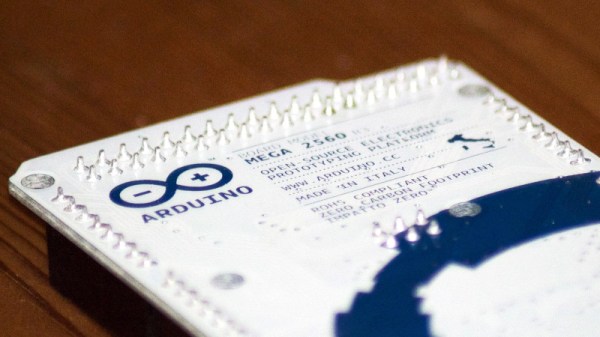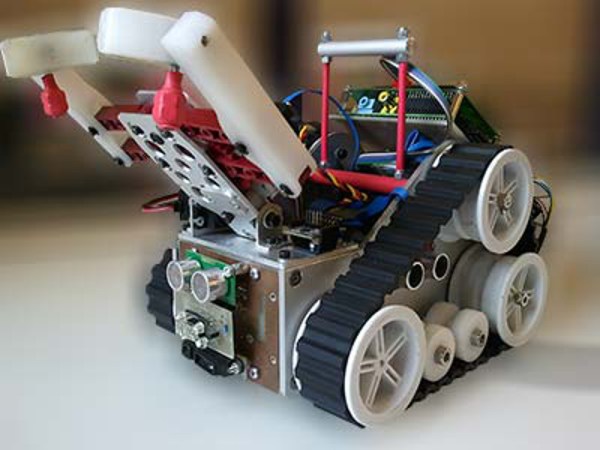We take for granted that electrical power standards are generally unified across countries and territories. Europe for instance has a standard at 230 volts AC, with a wide enough voltage acceptance band to accommodate places still running at 220 or 240 volts. Even the sockets maintain a level of compatibility across territories, with a few notable exceptions.
It was not always this way though, and to illustrate this we have [Sam], who’s provided us with a potted history of mains power in Italy. The complex twists and turns of power delivery in that country reflect the diversity of the power industry in the late 19th and early 20th century as the technology spread across the continent.
Starting with a table showing the impressive range of voltages found across the country from differing power countries, it delves into the taxation of power in Italy which led to two entirely different plug standards, and their 110/220 volt system. Nationalization may have ironed out some of the kinks and unified 220 volts across the country, but the two plugs remain.
Altogether it’s a fascinating read, and one which brings to mind that where this is being written you could still find a few years ago some houses with three sizes of the archaic British round-pin socket. Interested in the diversity of plugs? We have a link for that.




















